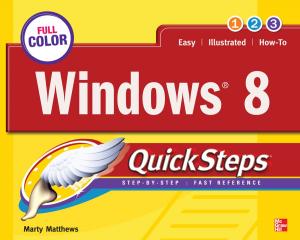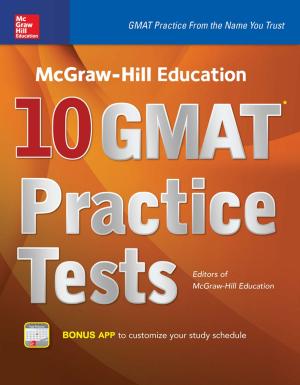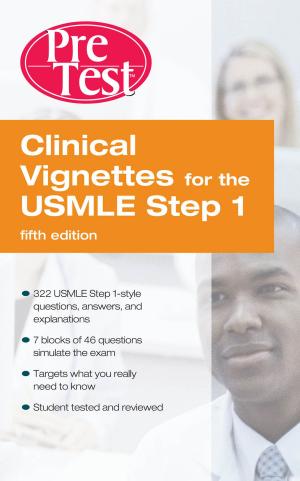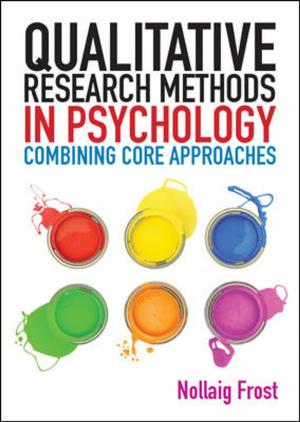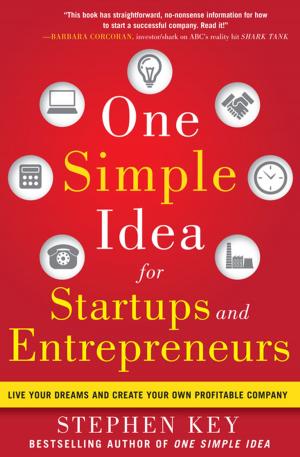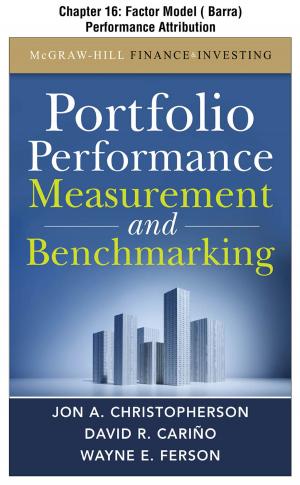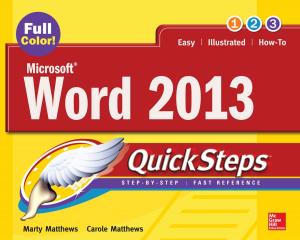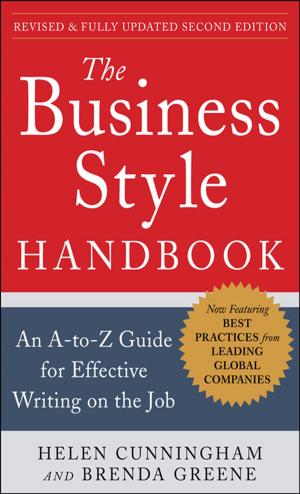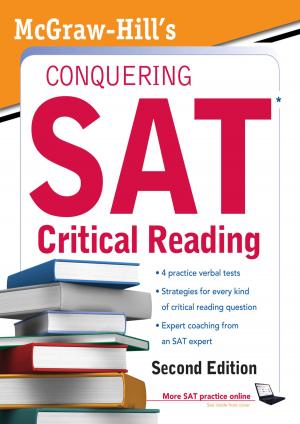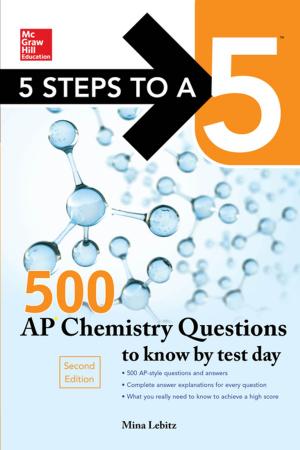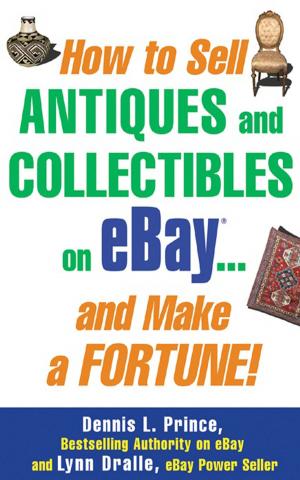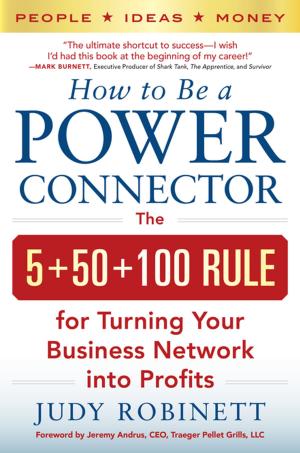Applied Physical Pharmacy 2/E
Nonfiction, Health & Well Being, Medical, Medical Science, Pharmacology| Author: | Mansoor Amiji, Thomas J. Cook, Cary Mobley | ISBN: | 9780071804424 |
| Publisher: | McGraw-Hill Education | Publication: | June 8, 2014 |
| Imprint: | McGraw-Hill Education / Medical | Language: | English |
| Author: | Mansoor Amiji, Thomas J. Cook, Cary Mobley |
| ISBN: | 9780071804424 |
| Publisher: | McGraw-Hill Education |
| Publication: | June 8, 2014 |
| Imprint: | McGraw-Hill Education / Medical |
| Language: | English |
A UNIQUE PRACTICE-ORIENTED INTRODUCTION TO PHYSICAL PHARMACY
Applied Physical Pharmacy explores the fundamental physicochemical properties and processes important for understanding how drugs are transformed into usable and stable drug products that release their drug upon administration, and for understanding the different processes that the released drug may encounter on its way to its pharmacological target prior to being eliminated by the body.
Applied Physical Pharmacy begins with a review of key biopharmaceutics concepts of drug liberation, absorption, distribution, metabolism, and excretion. These concepts, which describe the fate of the drug in the body, set the framework for subsequent chapters that describe physicochemical properties and processes such as states of matter, solutions, ionization, dissolution and partitioning, mass transport, complexation, and protein binding. Concepts in these chapters are important for not only understanding a drug's fate in the body, but also for providing a scientific basis for rational drug formulation and usage. Other physical pharmacy topics important to drug formulation are discussed in the chapters that follow, which describe dispersed systems, rheology, and interfacial phenomena. The book concludes with an overview of the principles of kinetics that are essential to understanding the rates at which many of the processes discussed in previous chapters occur.
To facilitate learning, chapters are enhanced by Learning Objectives, Key Points, Problems, and Clinical Questions. To make the book as relevant to real-world practice as possible, this edition includes an increased number of clinical examples and applications.
A UNIQUE PRACTICE-ORIENTED INTRODUCTION TO PHYSICAL PHARMACY
Applied Physical Pharmacy explores the fundamental physicochemical properties and processes important for understanding how drugs are transformed into usable and stable drug products that release their drug upon administration, and for understanding the different processes that the released drug may encounter on its way to its pharmacological target prior to being eliminated by the body.
Applied Physical Pharmacy begins with a review of key biopharmaceutics concepts of drug liberation, absorption, distribution, metabolism, and excretion. These concepts, which describe the fate of the drug in the body, set the framework for subsequent chapters that describe physicochemical properties and processes such as states of matter, solutions, ionization, dissolution and partitioning, mass transport, complexation, and protein binding. Concepts in these chapters are important for not only understanding a drug's fate in the body, but also for providing a scientific basis for rational drug formulation and usage. Other physical pharmacy topics important to drug formulation are discussed in the chapters that follow, which describe dispersed systems, rheology, and interfacial phenomena. The book concludes with an overview of the principles of kinetics that are essential to understanding the rates at which many of the processes discussed in previous chapters occur.
To facilitate learning, chapters are enhanced by Learning Objectives, Key Points, Problems, and Clinical Questions. To make the book as relevant to real-world practice as possible, this edition includes an increased number of clinical examples and applications.

